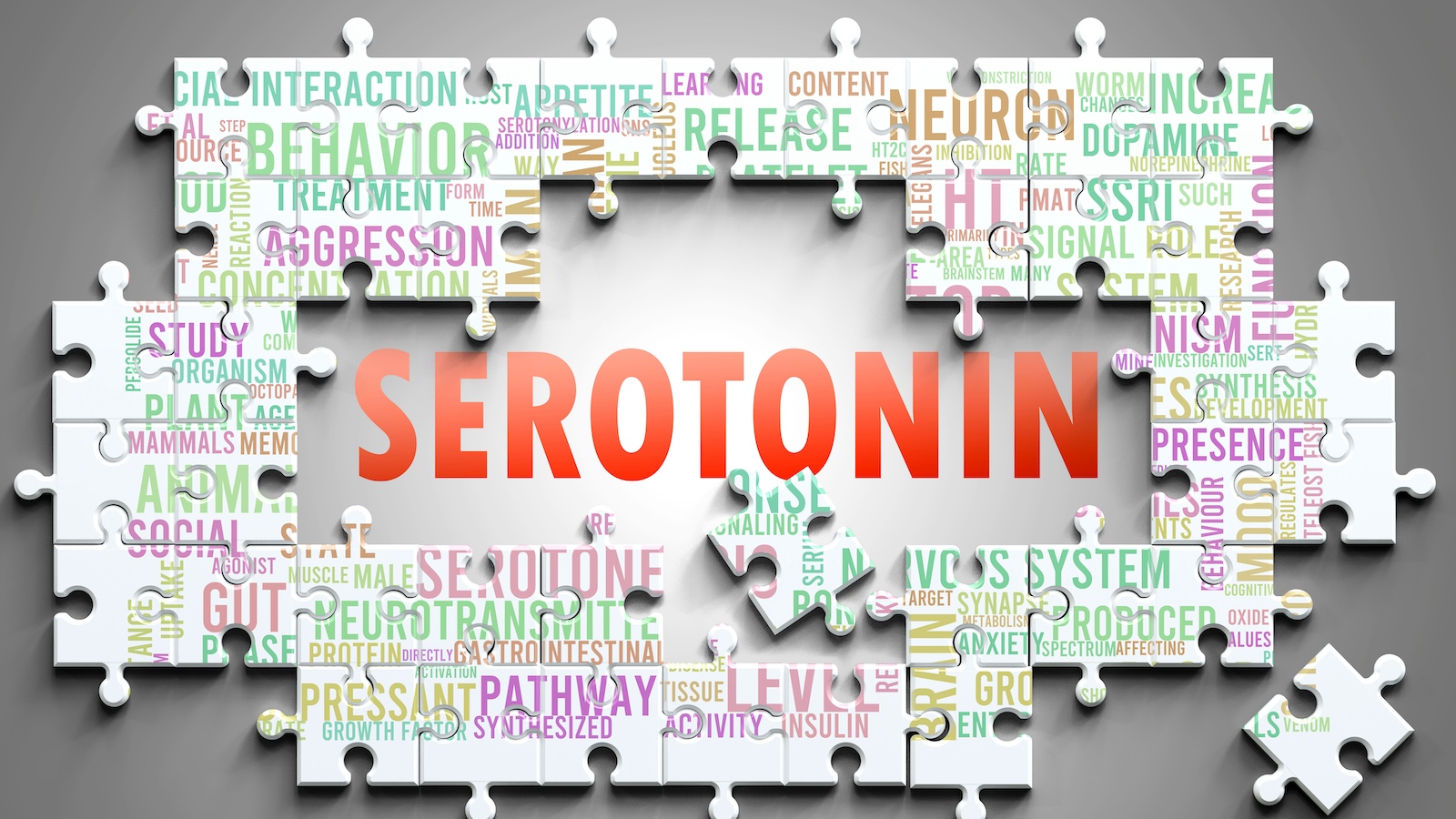Gateway drugs aren’t always referred to as addictive drugs. Matter-of-fact, when an individual abuses non-addictive drugs, it can lead individuals down the path of addictive drugs. However, there is more depth to gateway drugs than the above simple definition.
To explain gateway drugs more, they are considered to be habit-forming and introductory substances that open the door to an individual engaging in more severe drug use later on. They are considered to be milder and even fairly more accessible substances such as marijuana or alcohol. The two mentioned drugs are typically first used in young adulthood or adolescence.
These gateway drugs are easy to use and easy to get substances that familiarize young users with the first few intoxication feelings. As time goes on, the thought that young and now confident users think of is, “Hey, if I can handle this, what else can I try that will get me high?” This is where the gateway effect fully comes into play by young users who have tried one drug become even more likely to try many more.
More often than not, the substances that young users consume the second or third time around are much stronger and with riskier side effects. The substances that cause this are prescription pills, cocaine, and heroin. The science behind this indicates the following truths.
Drugs such as alcohol and marijuana boost an individual’s dopamine levels, which therefore produces pleasure and euphoria feelings. This is considered the “high” that first-time individuals experience. As people use the drug more and more, a tolerance is developed and less of the drug effect is experienced. This could lead to the individual seeking out various other drugs that can cause a more dramatic high and this is where addiction begins.
When Did the Gateway Drug Theory Surface?
The gateway drug theory first surfaced and therefore gained popularity in the 1980s. Experts have discovered that adolescents utilized “soft” drugs such as alcohol, marijuana, and tobacco. Their overall risk of utilizing “hard” drugs which are drugs that generally are perceived as even more harmful is thoroughly increased.
Similar to their chance of developing an overall addiction to illicit substances such as cocaine, methamphetamines, and opioids later in life. The definition was explained for “What are gateway drugs”? There is more than meets the eye when it comes to these substances.
Experts who end up advocating the overall theory of gateway drugs stated that young people who utilize mild substances open up the “gateway” to even more substances. The gateway drug theory is simply just a theory. There is plenty of research that reinforces the overall idea of progressive drug use.
However, it’s essential to keep in mind that gateway drugs don’t normally affect young adults. Anyone can succumb to gateway drugs. Individuals only associate with the gateway drug term with young adults because they end up experimenting more during that specific stage in their lives. However, gateway drugs can affect individuals of all ages.
Is the Gateway Drug Theory True?
There is a huge amount of debate circulating whether or not gateway drugs exist or not. The inevitable truth is numerous factors can lead an individual into drug use and addiction; it is not limited to simply prior use of the drug. Between about 40% to 70% of an individual’s risk for developing a substance use disorder is considered genetic.
However, one of the biggest players in gateway drug theory, and one of the biggest contributors to addiction, is age. The actual age at which an individual initiates drinking or drugs can tell a nice amount about their predisposition for drug issues later on in their life. According to the recent Surgeon General’s Report, teens who have first drunk alcohol before the age of 15 are four times more likely to become addicted at some point in their lives.
The above-mentioned statistic is in comparison to those who have delayed drinking until the age of 20 or older. About 70% of adolescents who have tried an illicit drug before the age of 13 develop a clinical addiction within at least the next seven years. Research by the National Center of Addiction and Substance Abuse has also indicated that adolescents who have utilized addictive substances before the age of 18 were about 6.5 more likely to develop a clinical substance use disorder, or SUD, later on in life.
To fully answer the question, “Do gateway drugs exist?”, the answer is yes. In young adulthood and adolescence, they do exist. It’s important to remember that every addictive drug is considered a gateway drug if it is used in the critical age window, while brain development is still being commenced.
Adolescence Is Considered the Gateway Period
A person’s brain does not fully develop until they have reached their mid-twenties. Since their brains are undergoing numerous dynamic changes during the early adult and teenage years. Any alcohol or drug use before the age of 25 can disrupt the brain’s overall progress and pose a greater risk.
According to recent studies, any habits that have transpired during adolescence – both positive ones such as algebra and negative ones such as drug use are learned and therefore stored. Adolescence is also associated with overall heightened dopamine activity levels. There is more dopamine in a person’s brain reward center in their early adolescence stage than at any other stage in their life. This can cause teenagers to go out and seek pleasurable and rewarding experiences, such as drug use experimentation.
The parts of the brain that are dedicated to self-control, judgment, and decision making, are the last sections to fully mature. For this reason, young adults and teenagers are therefore more likely to make hasty decisions, try drugs, and act on impulse without foreseeing the consequences. Any adolescent drug use increases the overall chances of more challenging and severe drug addiction and uses later in life. Therefore, adolescence is a gateway within itself.
What Are Common Gateway Drugs?
There are a variety of common gateway drugs. Making the exact determination of what can be a gateway drug can present to be difficult. The reason it’s a challenging task is that experts have their idea of which substances can specifically fall into this category.
The most common gateway drugs include:
- Prescription painkillers
- Marijuana
- Opioids
- Alcohol
In the majority of cases, consuming prescription drugs doesn’t directly lead to addiction. However, engaging in the act of abusing them can lead to various habit-forming actions. Experts believe that these specific drugs put a person’s brain on a collision course of addiction.
Many individuals believe that marijuana is considered to be the leading gateway drug, but studies have shown that alcohol is the most popular substance that is tried among first-time users. According to the American Addiction Centers, almost about 66% of surveyed Americans reported that alcohol was their first substance used, followed by marijuana and tobacco. Generally, alcohol is initiated in adolescence, often in the form of binge drinking.
Which Ones Do Women Commonly Engage In?
Women commonly engage in alcohol and drugs but there lies a difference in how drug addiction affects a personal experience that affects each person differently. The circumstances and factors that lead to an individual developing an addiction are many, and you might be surprised to find out that one of the elements to consider is gender.
For many years, the only subjects in the addiction research were men, and the bias has hindered the field of addiction treatment in accommodating and examining the particular women issues that are faced when it comes to addiction treatment and recovery. In more recent decades, there have been women more included in studies. The overall results of critical inclusion have revealed significant differences in the way that addiction impacts women in comparison to men. Understanding the overall differences is pivotal in finding the right treatment program for you.
How Gender Influences Overall Substance Abuse Rates
The most evident effect of the overall relationship between addiction and gender is visible in the rates at which women and men abuse drugs and alcohol. In a historical sense, men have been known to struggle more with substance abuse. However, the evidence has been changing over the decades. There was a study that examined rates of substance abuse by gender over numerous decades, further defecting a growing balance between women and men.
In the 1980s, the male/female alcohol abuse ratio was estimated to be 5:1. However, more recent studies have indicated a more narrow gap to a male/female ratio of 3:1. While there is a higher prevalence of addiction in men vs. women, it’s also crucial to understand the various ways in which women engage in different substances and how it affects addiction recovery.
Alcohol
Even though men continue to abuse alcohol at higher rates, women might experience more extent of damage due to alcohol use. One primary reason for women becoming addicted to alcohol at a faster rate is men have a lower total percentage of water in their bodies. This means that women would need less alcohol to become intoxicated than men would.
In addition, women don’t metabolize alcohol as swiftly due to their lower levels of alcohol dehydrogenase in their digestive system. Overall, the above-mentioned effects lead to women becoming drunk with less alcohol consumption. Men tend to drink in an attempt to reinforce social bonds or even enhance positive emotions, whereas women drink more in an attempt to alleviate stress or other negative emotions.
Women are also more likely to have other psychiatric conditions than men such as co-occurring and alcohol use disorders. Therefore, increasing the need for suitable dual diagnosis treatment. Unfortunately, women are also remarkably less likely to seek treatment than men are.
Stimulants
SAMHSA data has suggested that stimulant abuse rates are similar for men and women, with roughly 1.9 million individuals reporting that they have utilized methamphetamine in the last year. Unsettlingly, there have been more pregnant women who have been increasing victims of methamphetamine dependence.
Research in both humans and animals suggests that women may be more vulnerable to the reinforcing (rewarding) effects of stimulants, with estrogen possibly being one factor for this increased sensitivity. Women may also be more sensitive than men to cocaine’s effects on the heart and blood vessels.
The hormone estrogen is shown to increase stimulant effects. In various studies where cocaine abuse was discussed, women have reported feeling higher and experiencing a more increased heart rate than men.
As for methamphetamine, women report using the drug because they believe it will increase energy and decrease exhaustion associated with work, home care, child care, and family responsibilities. Weight loss is another incentive women cite for methamphetamine use—and one reported significantly more by women than by men.
Opioids
Opioid addiction and abuse have become an epidemic in the last few decades, but some studies show the growth of the issue that has excessively affected women. Men are more likely to experience death from a prescription overdose, but women have experienced more of a significant opioid overdose increase. There was a study that showcased women are more likely to consume prescribed and higher doses of opioids for lengthier periods.
Women have been known to struggle with illicit opioid use when it comes to the drug heroin. There are smaller quantities used by women of heroin for shorter periods and they are less likely to inject heroin. Women who inject heroin along with various other intravenous drugs are heavily influenced by social pressure from their partners.
Gateway Drug Recovery Awaits at New Directions for Women
If you or a loved one has a concerning drug-using or drinking habit, it’s vital to take action now. Drug use can have a massive impact on young women and teenagers, and early intervention is crucial to their long-term overall health. Get the help that is needed by contacting us today.
References:











